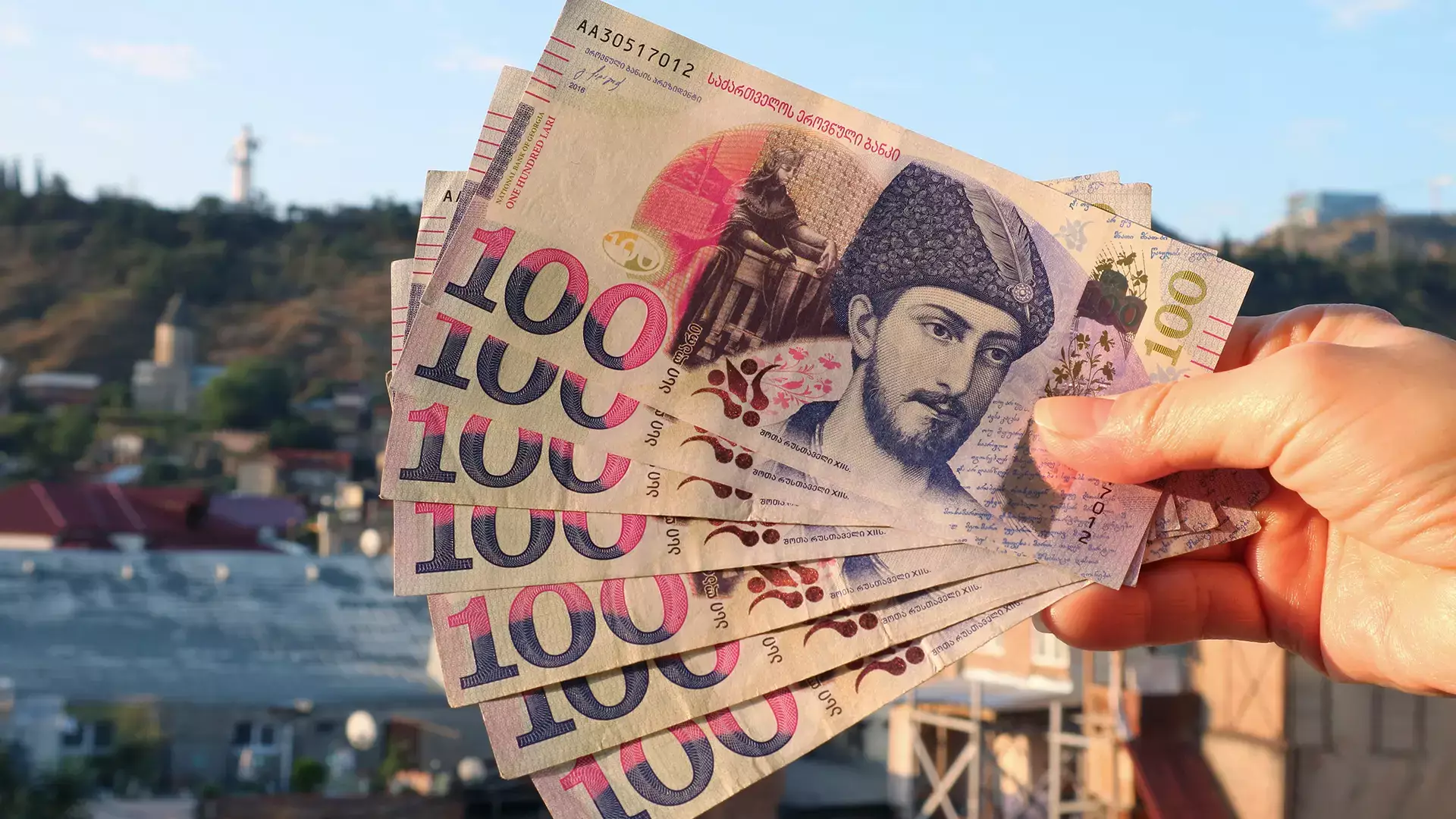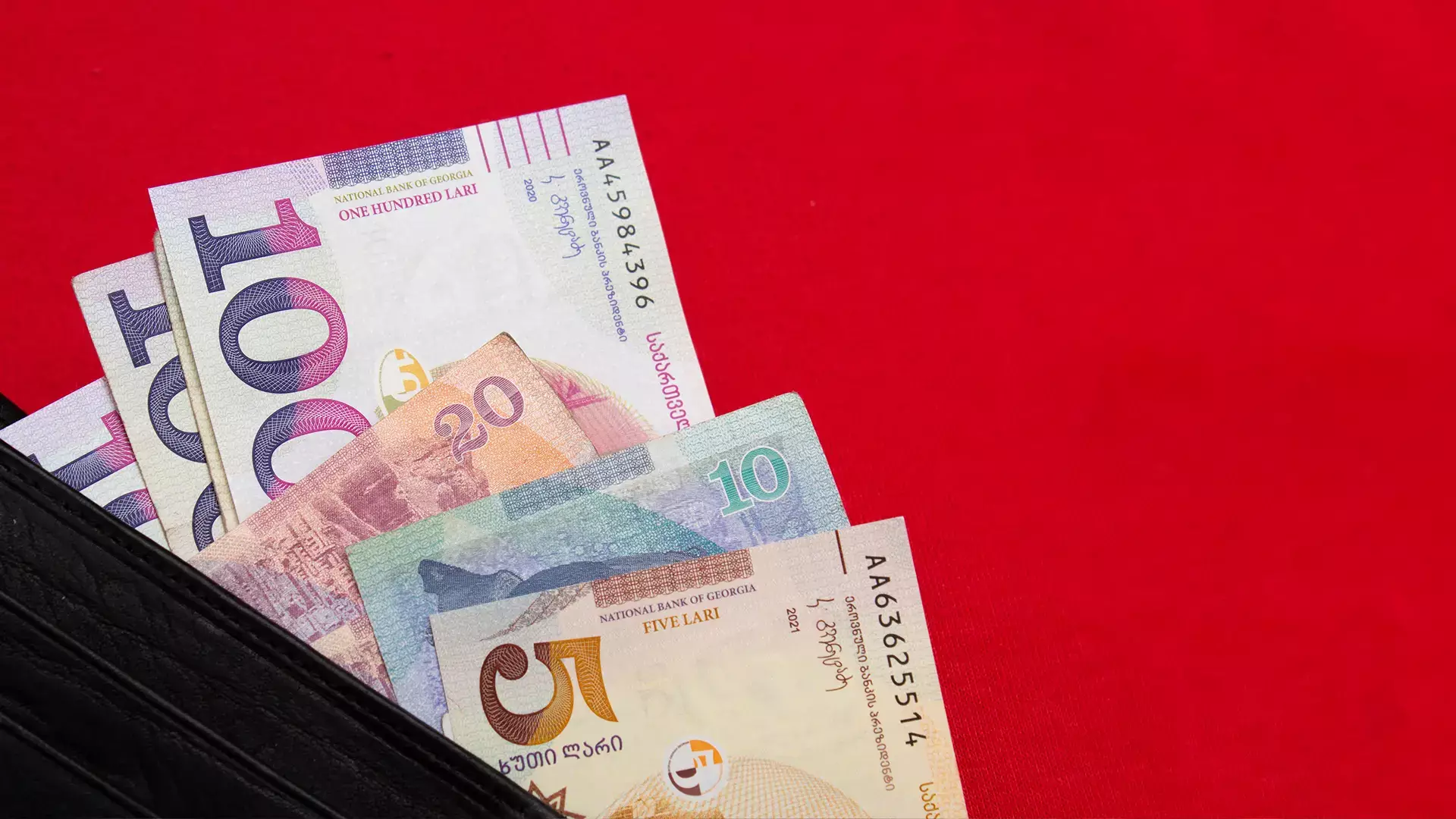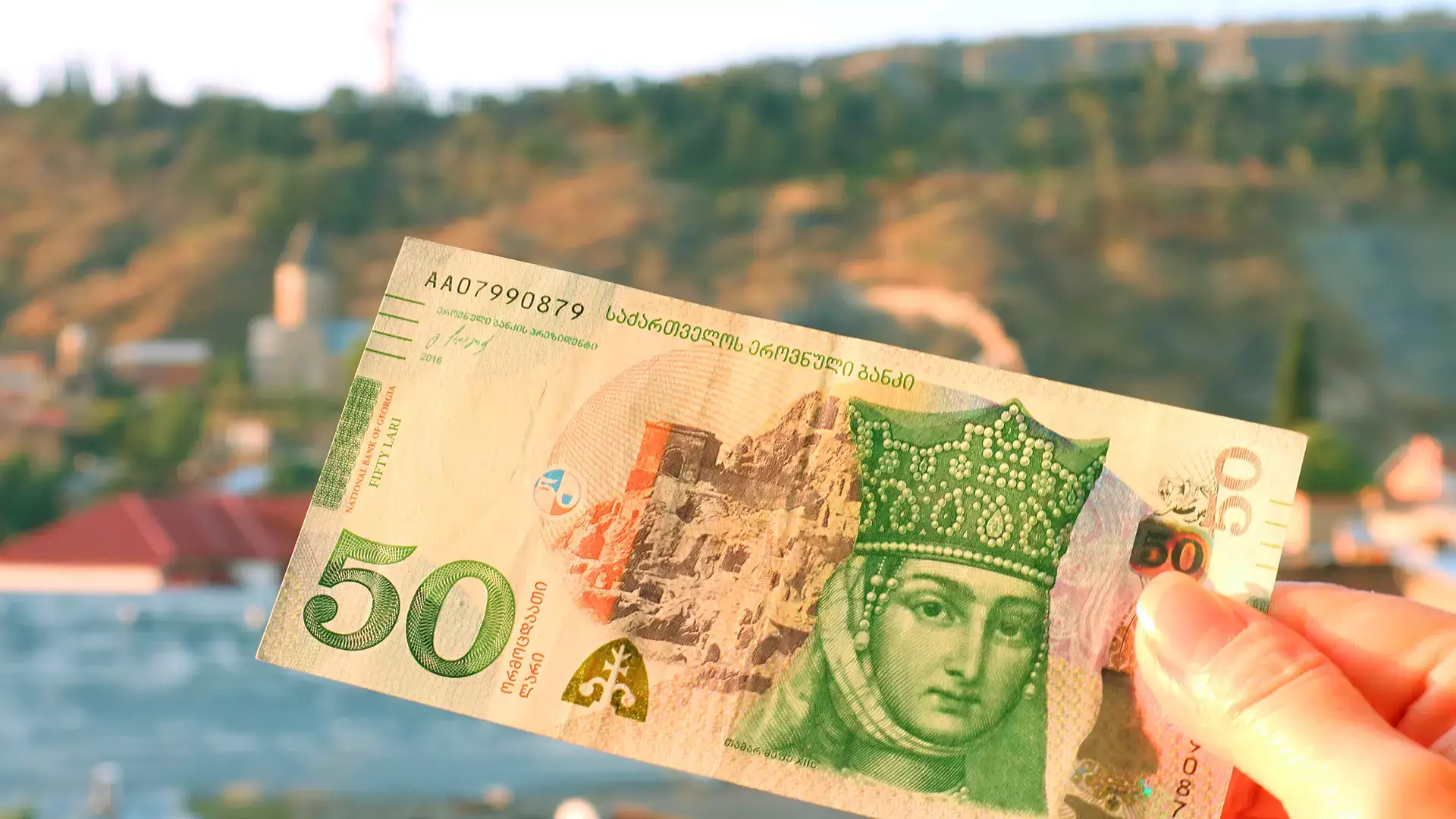Georgian Lari: A Comprehensive Guide to Georgia's Country Currency
Knowing a little about the Georgian Lari (GEL) is crucial for travelers looking to explore Georgia. Neither the US Dollar, nor the Euro, nor any other major international currency can be used in Georgia for day-to-day transactions. Here, the GEL is used for all financial transactions, be they large or small. Not knowing the basics of the Georgian national currency GEL opens the door to quickly getting scammed.
This article provides a comprehensive overview of the Georgian Lari, covering everything from the design and security features to the best places and ways to exchange money, and what to do if you find yourself without access to the local currency.
What to Know About the Georgian Lari (GEL): Denominations, Designs, and Security Features
Georgian Lari was introduced in 1995. While Georgia had already regained its independence from the Soviet Union in 1991, it took a few tumultuous years before an official currency was established. Before the GEL, a temporary coupon-based system replaced the Ruble for a couple of years, though the value of those coupons turned out to be nigh nonexistent almost immediately.
Today, the GEL is available in both coins and banknotes, each with their own unique design and significance.
Lari is divided into units known as tetris, similar to USD or EURO being divided into cents. 100 tetri = 1 Lari (GEL).
Coins come in 5, 10, 20, and 50 tetri denominations, as well as 1 and 2 Lari. You might also come across 1 and 2 tetri coins, although they are rare. If you're paying in cash at a market, the chances of getting 1 or 2 tetris worth of change are meager - most cashiers simply won't have them on hand.
Banknotes are available in denominations of 5, 10, 20, 50, 100, 200, and 500 Lari. 200 GEL banknotes were released in 2006 for the first and last time, so they are seldom encountered. Even rarer is the 500 GEL note, which has never been released into official circulation. Neither banknote was included in the National Bank of Georgia’s 2016-2019 GEL re-release and, today, only exist as collectors' items.
As is common in most countries, Georgian banknotes are decorated with prominent figures from the country’s history, national symbols, and key landmarks. To prevent counterfeiting, watermarks, security threads, holographic elements, and microprinting, among other features are applied. These features are typically interwoven into the thematic decorations. The 100 GEL note, for instance, has a holographic stripe featuring the image of Shota Rustaveli, Georgia’s most revered poet, visible only when the note is tilted at a particular angle.
The Ins and Outs of Currency Exchange: Where and How to Buy Georgian Lari
Familiarizing yourself with the best ways to exchange currency is key to getting the most value for your money in any country, and Georgia is no different.
The GEL can be challenging to obtain outside of Georgia, so it's generally advisable to bring cash in a major currency (such as USD or EUR) and then exchange it at a local bureau. That said, having about 100 GEL on hand before arriving can be very handy for initial expenses. Avoid exchanging money at airports, as the rates there are often significantly higher than in the cities.
Before going to a bank or a currency exchange unit, always check the official exchange rate. The National Bank of Georgia publishes daily rates on its website, where you'll also find a Currency Converter to calculate the going rate for whatever sum you plan to exchange.
That said, it primarily serves as a rough guide, as you should expect the actual exchange rate offered to be slightly lower, regardless of whether it be at a bank, a credit office, or a currency exchange unit.
In Georgia, banks are the safest option when exchanging currency. Their rates may not be as favorable as those found at independent currency exchange. However, you'll certainly get the exact amount stated, and the chances of receiving counterfeit banknotes are next to none.
Typically, credit offices and small currency exchange units offer better rates (especially in major cities, where competition is fierce). However, there are some important protective measures to take to keep yourself safe.
Firstly, pay very close attention to the exchange rate boards. Some of the less reputable offices may attempt to deceive tourists by subtly altering rates, such as adding an extra digit.
Secondly, the chances of receiving counterfeit banknotes are higher at such places. Marginally, but still.
If you have (or make) local friends, ask them for recommendations for the most trustworthy office or bureau. It is broadly advised to avoid exchanging money in tourist-heavy areas where scams are more common.
If You've Yet to Buy GEL: Using Credit and Debit Cards in Georgia
Contactless payments and mobile wallets are widely accepted in Georgia’s major cities. However, in rural areas, cash is still king - so having cash in GEL is strongly recommended, if not essential.
Standard payment systems like Visa and Mastercard are accepted at every establishment with a POS terminal in Georgia. American Express (AmEx) and other slightly less common cards might be more of a problem. It's a good idea to have a backup card or some cash at the ready when dealing with smaller businesses.
When paying with a non-GEL card, you’ll likely incur conversion fees. Ideally, your home bank can let you know what to expect, but this may not always be the case. Generally, it’s best to obtain some GEL as quickly as possible in Georgia to avoid unnecessary fees from the get-go.
Cookie Policy



